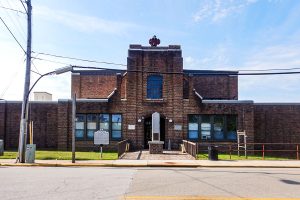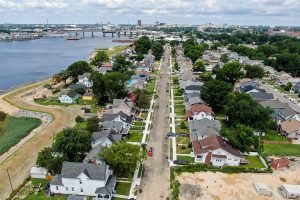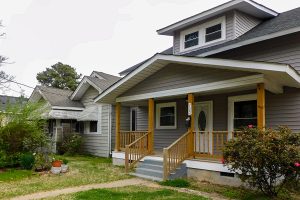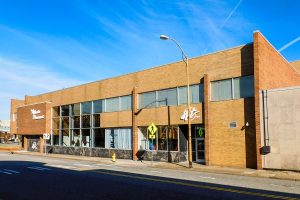Understanding the risk(s) that a resource faces starts with data collection. CPG staff begins this process by analyzing mapping related to the existing and surrounding resources and using technology to mine data from the site and/or building to provide specific information on the source(s) of risk.
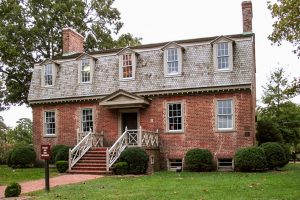
Francis Land House, Virginia Beach, VA

Reedville Fishermen’s Museum’s Walker House Moisture Monitoring, Reedville, VA

